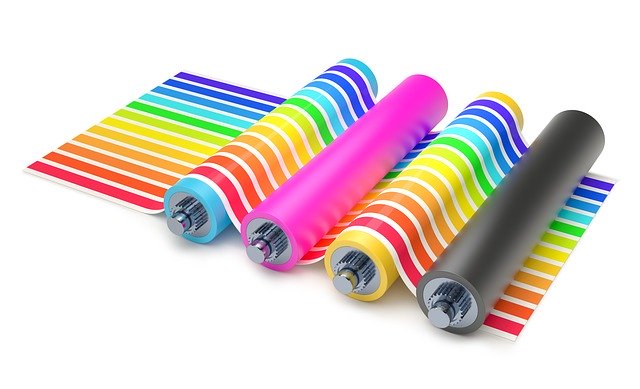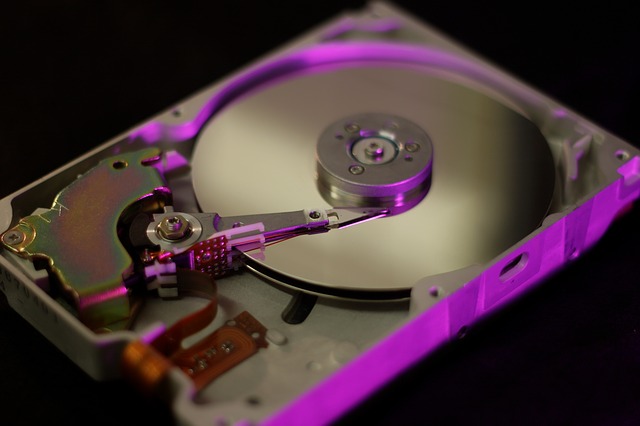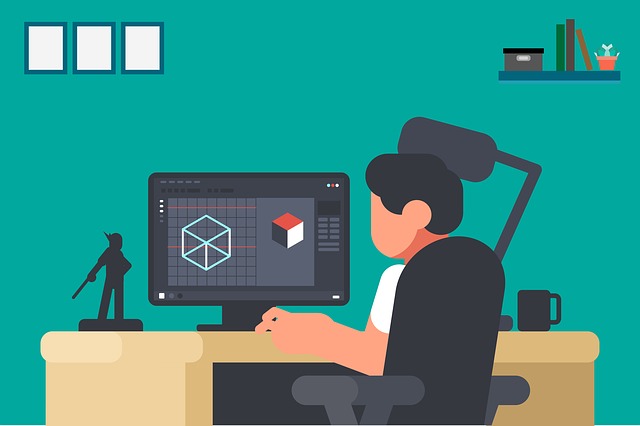There is no denying that 3D printing is having a significant moment as business owners and individuals worldwide recognize the potential of this burgeoning technology. If you are considering utilizing 3D printing in your business practices, you want to make sure that you have enough understanding of the technology that you can select the appropriate firm.
To help you, keep reading for four questions you need to ask yourself before starting 3D printing in Dubai.
1. What is the application?
First and foremost, you want to make sure you understand how you will be applying the 3D printing. Over the past few years, as more and more industries are recognizing the significant benefits that 3D printing can bring, there has been an uptick in the number of ways it is utilized. Industries as diverse as architecture, medicine, manufacturing, and jewelry-making are all utilizing 3D printing in their own ways.
For example, many architectural firms are opting for 3D printed models of their projects to present to potential clients and investors. These 3D models work more effectively than simple drawings because they enable everyone to visualize the project clearly. Additionally, for similar reasons, manufacturing and water processing facilities are utilizing 3D printing for their model-making.
Another option is for making cost-effective prototypes, something that a variety of industries and businesses have to do. As 3D printing is quick and relatively low-cost, it is a lot easier for organizations of all sizes to produce (and reproduce) prototypes whenever necessary. One of the most significant benefits of utilizing 3D printing is that it makes it easier to handle changes and iterations while still maintaining your workflow.
Alternatively, you may want to utilize 3D printing to produce marketing products that can be passed out at conferences, given to consumers upon making a purchase, or left in relevant retail spaces. Opting to have physical products be part of your marketing strategy is a fantastic way to stand out from the competition and provide potential customers with something memorable. From 3D printed key-rings to branded USB sticks or figurines, there are plenty of items to choose from when it comes to creating 3D printed merchandise – the only limit is your imagination.
2. How stable and durable does it need to be?
Once you know why you want to utilize 3D printing, you will have a better understanding of how stable and durable you need the printed items to be. In some cases, 3D printed objects are purely for show or aesthetics, while others are printed to be used (for example, as parts that must bear loads and pressure) – this is a significant differentiation.
When it comes to stability and durability, one of the most important considerations is where this product is going to go. For example, if it is going to be primarily outside, then it will need to be printed with materials that are UV-resistant. If it is intended to help the human body (as with many medical printing items), it will have to be printed on a biocompatible material. Alternatively, if it is going to be exposed to high temperatures, then the materials used need to be thoroughly considered. Keep in mind that some materials are excellent in the short term but don’t fare well in the long term.
Again, depending on the purpose and the product, you may or may not be concerned about the aesthetics. For some parts, aesthetics are everything, while others don’t require a moment of thought. The important thing is that you are clear about where your product falls on that spectrum and that you ensure you are choosing printing processes that are going to provide the result you want. In some cases, you may need to subject your items to finishing processes to enhance their final look.
3. What is the best file format and printer for your project?
File formats are a crucial part of any 3D printing process as they are the ways in which the data is cached and transferred so that a 3D printer can read it. Today’s file formats are able to contain the shape, geometry, color, texture, and material of your intended product. Generally, there are considered to be over 25 file formats, with different formats existing for different printers and materials. The most common file formats are STL, OBJ, FBX, STEP and STP, and the right one for you is going to depend mainly on what you are printing and the printer that you use.
The SLA 3D Printers manufactured by Exosys are highly recommended for fullydetailed models as they print from high-quality Industrial ABS parts. When looking for a 3D printing company, consider one that utilizes these innovative printers as you will know that you are getting a top-of-the-line product.
4. What are your budget and timeline?
At the end of the day, some of the most critical questions you need to ask yourself concern your budget and timeline for 3D printing. Depending on your project and future plans, these answers may rely more on price than on speed. Either way, you want to ensure that you are selecting a 3D printing solution that is high-quality and offers good value.
To ensure that you are getting a durable and well-made product for the best price possible, it is highly recommended that you reach out to your local 3D printer supplier and speak with them about the options. When considering potential 3D printing specialists, make sure to discuss the types of printers that they use and why. Their answers will help you to understand further the product that they can offer you.
Furthermore, you want to make sure that the 3D printing supplier also prioritizes modernity and professionalism and goes out of their way to ensure that you have the best customer experience possible. After all, 3D printing is the future, and it is crucial that you partner with a firm that is dedicated to being there with you as you embrace this exciting technology.
Are you considering incorporating 3D printing into your company? If so, for what application? Why now? Do share your thoughts with us along with any questions you may have in the comments below.










![Watch Video Now on xiaohongshu.com [以色列Elevatione perfectio X美容仪 perfectio X 全新仪器黑科技了解下]](https://www.techburgeon.com/wp-content/uploads/2019/07/perfectiox-singapore-150x150.jpg)
